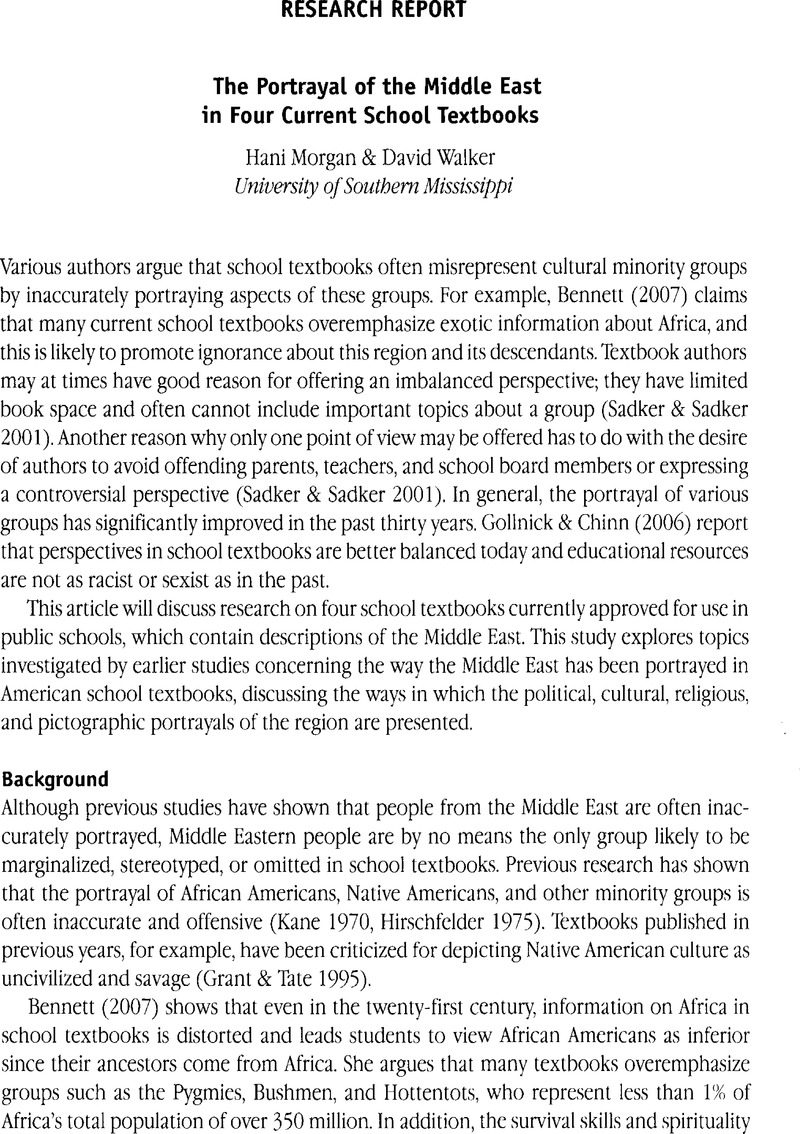Crossref Citations
This article has been cited by the following publications. This list is generated based on data provided by Crossref.
Love, Erik
2023.
Biopsychosocial Perspectives on Arab Americans.
p.
19.
Last updated 09/07/24: Online ordering is currently unavailable due to technical issues. We apologise for any delays responding to customers while we resolve this. For further updates please visit our website: https://www.cambridge.org/news-and-insights/technical-incident

Published online by Cambridge University Press: 09 March 2016
